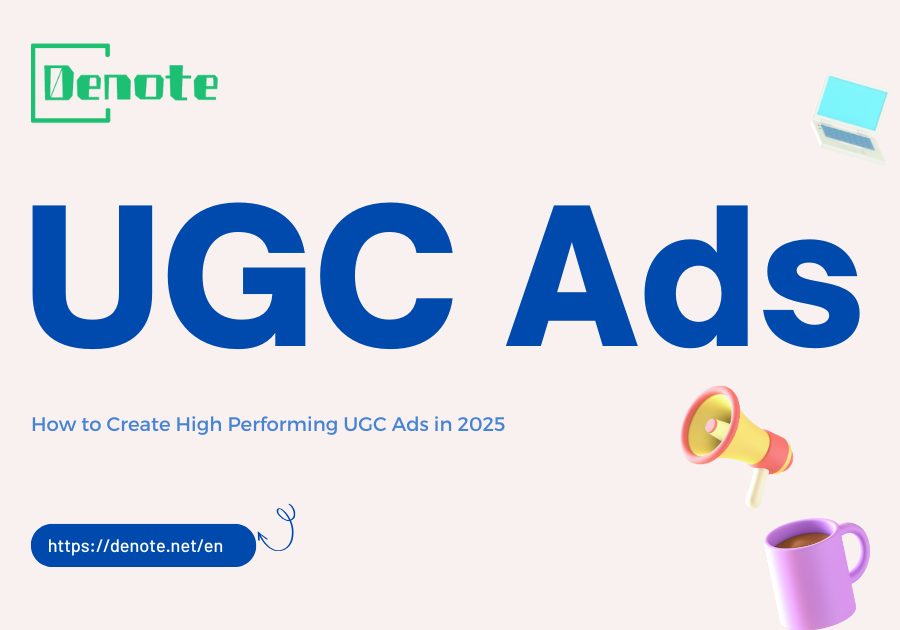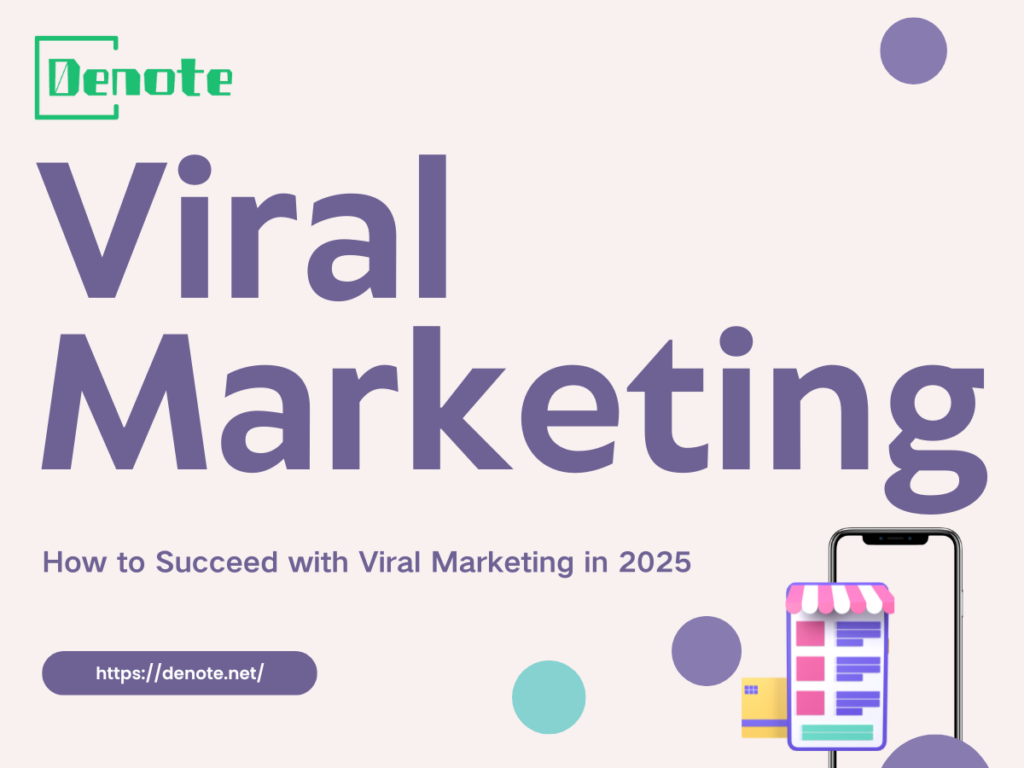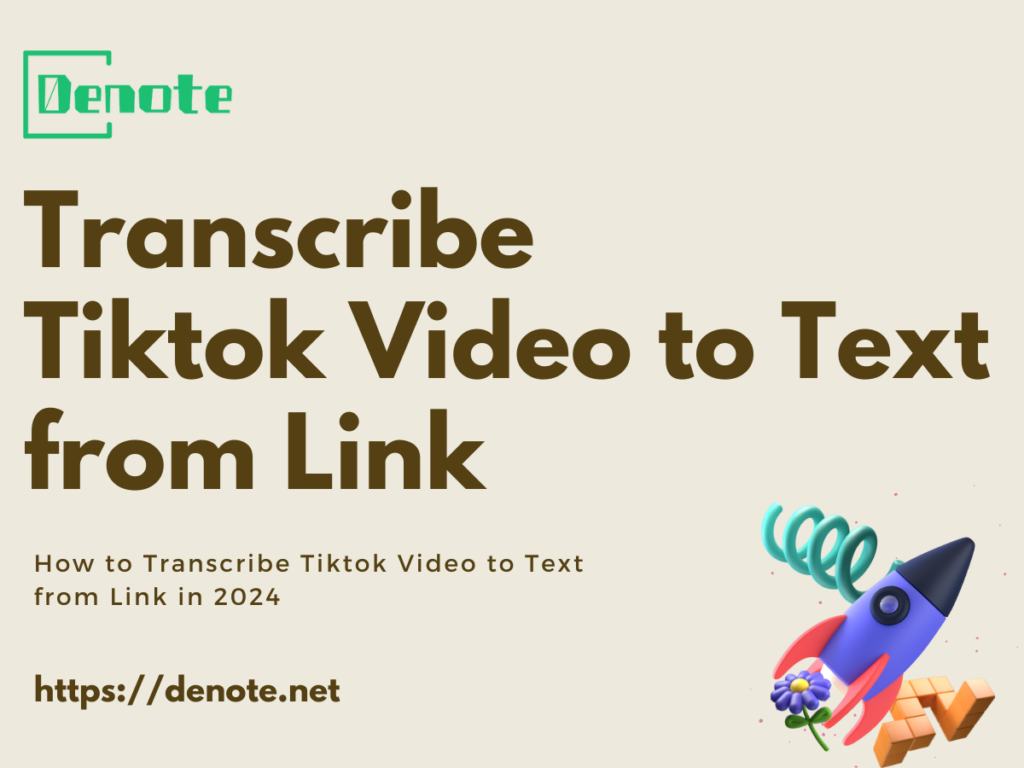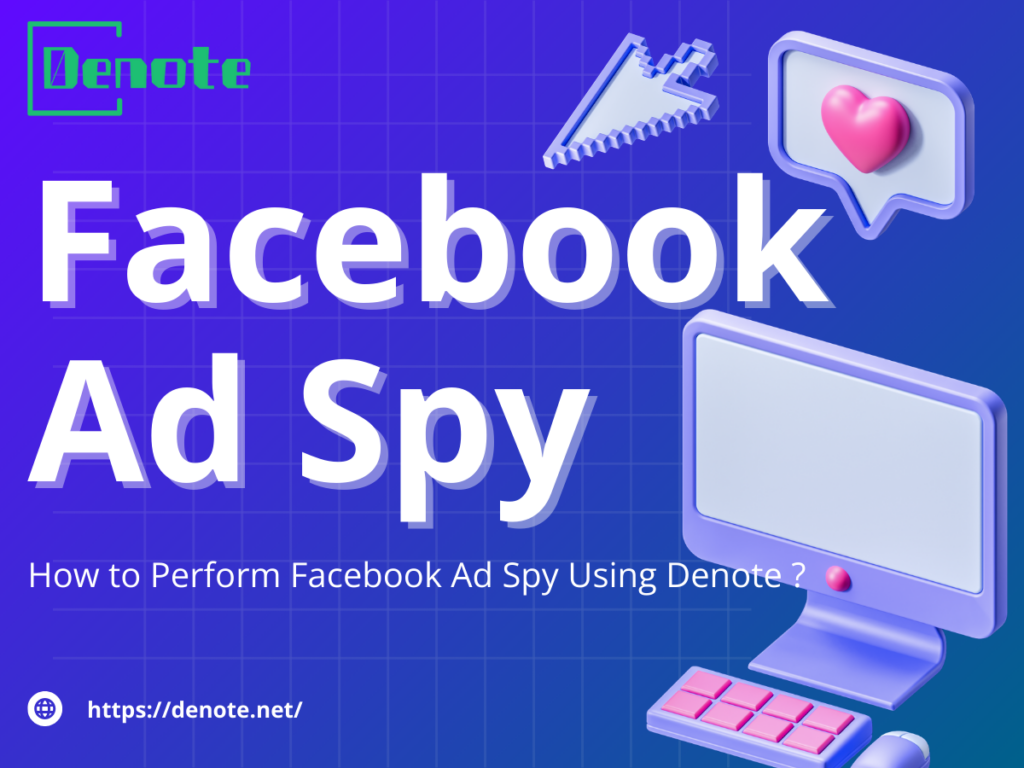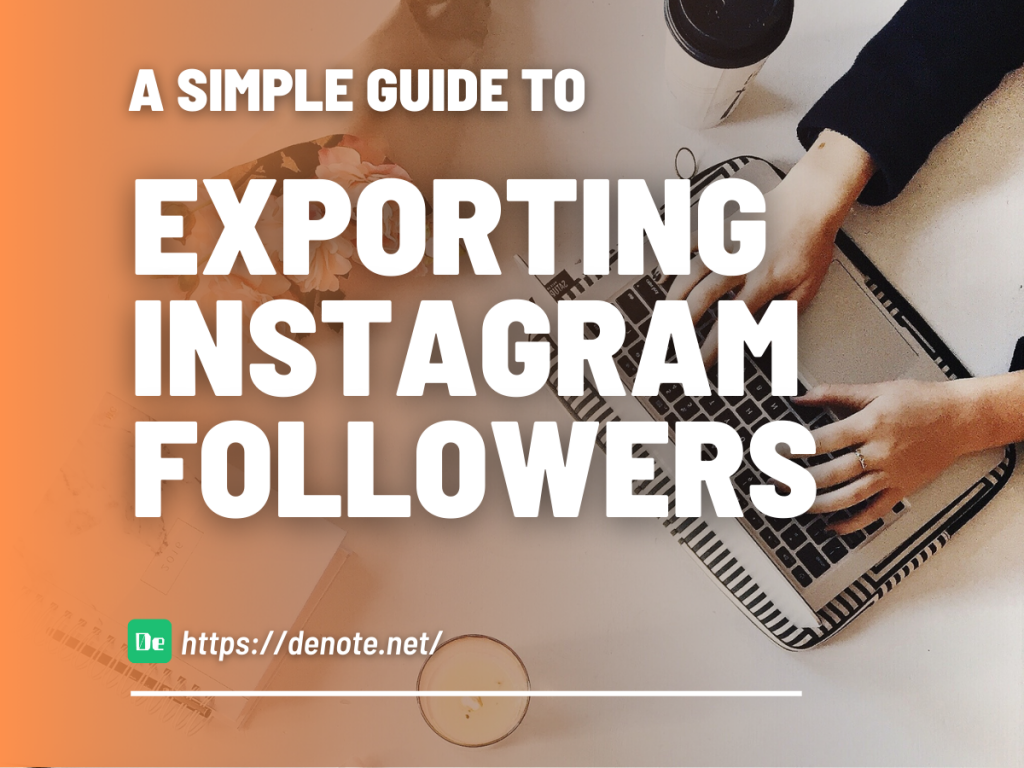How to Create a Successful Brand Promotion Plan in 2025
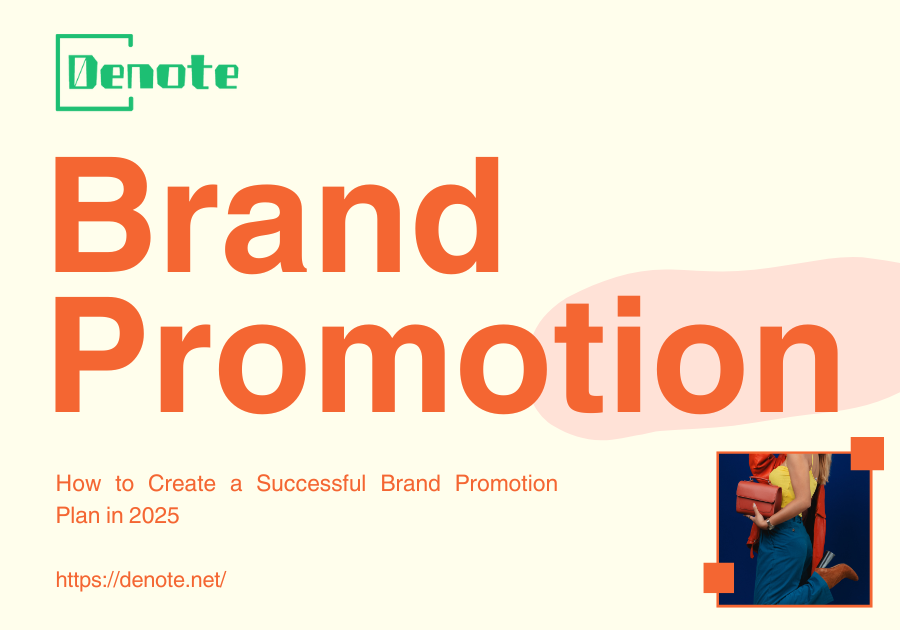
- What is Brand Promotion
- Brand Promotion vs. Advertising
- Why Brand Promotion Matters for Business Growth
- Top Brand Promotion Strategies
- Digital Tools for Effective Brand Promotion
- Common Mistakes in Brand Promotion
- Case Studies: Brands That Nailed Promotion
- How to Build a Long-Term Brand Promotion Plan
- Conclusion
What is Brand Promotion
Brand promotion is a term you often hear in marketing meetings. But what does it really mean?
At its heart, brand promotion involves the actions and communication a business uses to let people know about their brand, build a strong reputation, and make the brand recognizable to the audience they want to reach. It’s more than just putting your logo on a big sign or sending lots of emails to people who might not be very interested. It’s about telling your brand’s story in a way that connects with people’s feelings and makes them remember you.
Effective brand promotion is absolutely necessary. In today’s busy digital world, where people come across thousands of messages daily, just being noticed is not enough. You need people to remember you. Brand promotion helps create a special and lasting memory in your customer's mind.

Brand Promotion vs. Advertising
Many people often confuse brand promotion with advertising, thinking they're the same, but they're not. Let's clear this up:
Advertising is just one part of promotion. It's focused, usually short-term, and designed to get people to act or buy right away.
Brand promotion is broader and covers more ground. It includes content marketing, public relations (PR), the way your company communicates, and how you treat and support your customers.
Imagine advertising as a quick sprint—it gets you seen quickly. Brand promotion, on the other hand, is like running a marathon—it helps build your reputation over time and leaves a lasting impact.
Why Brand Promotion Matters for Business Growth
Building Trust and Recognition
Have you ever noticed how people say "I’ll Google it" instead of "I’ll search online"? This is because of strong brand recognition. When customers repeatedly choose your brand, it shows they trust it.
Building this trust doesn’t happen overnight. Brand promotion is key to turning a company into a trusted and familiar name. When people know a brand well, they are more likely to trust it.
Consistently showing your brand on social media, in informative blog posts, through tailored emails, and in positive reviews helps people see it as dependable.
Trust is crucial for customer choices. According to Edelman’s Trust Barometer, more than 80% of people say trust impacts their buying decisions more than price or where it's sold. Therefore, it’s essential to include brand promotion strategies in your business growth plan from the beginning.
Driving Customer Loyalty
A loyal customer is someone who doesn't just buy once. They return repeatedly, bring along their friends, and spread the word about your great products or services.
Effective brand promotion is more than just making an initial good impression. It involves keeping customers engaged, entertained, and informed even after they have made a purchase. This continuous interaction is what builds loyalty. Successful brands are not just the loudest; they are consistent, genuine, and leave a lasting impression.
Building a strong connection with customers can be achieved through activities within the community, sharing stories, or being transparent about company values. Nowadays, people want to buy from brands they trust and believe in, making this connection incredibly important and valuable.
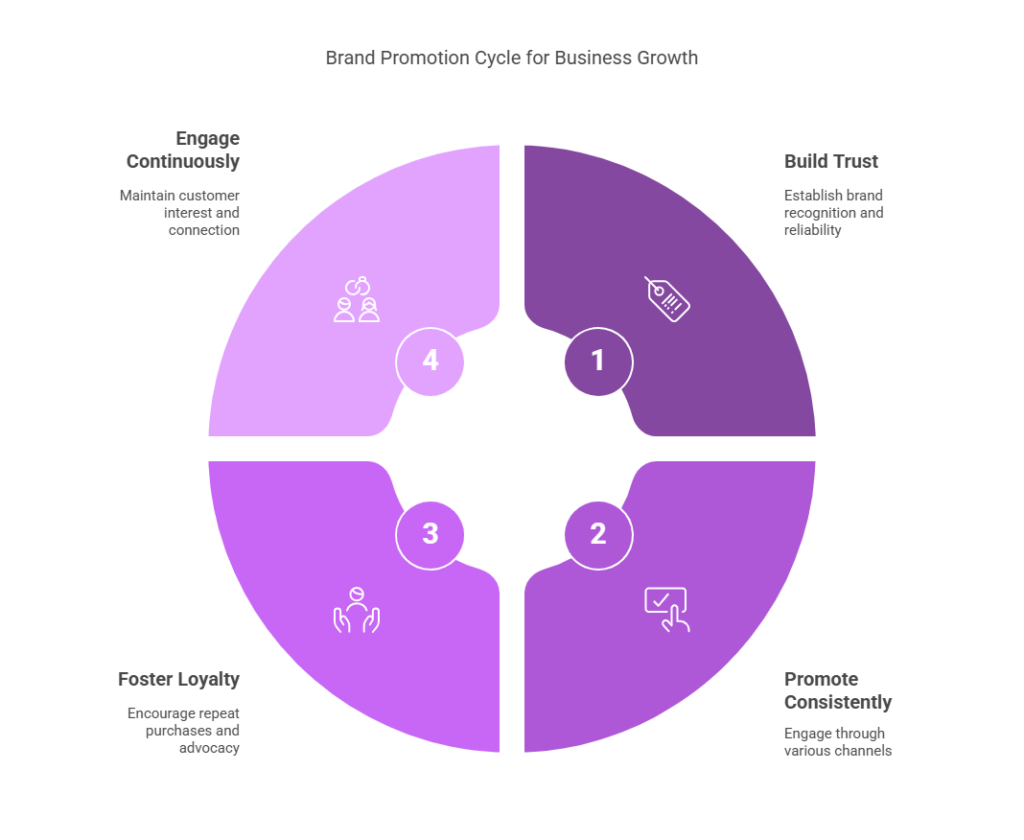
Top Brand Promotion Strategies
Let's explore the main part of this blog — strategies for promoting your brand that truly make a difference. While not every approach will be perfect for every brand, there are plenty of options to choose from. These strategies can help you create a brand that people remember.
Content Marketing
This approach is really popular in today's marketing for a good reason. Content like blog posts, videos, infographics, and podcasts allow your brand to communicate its message. They offer ways to teach, entertain, and connect with your audience in a natural manner, avoiding any pushy tactics.
The secret to success? Keep your audience at the center of your content. Address their problems, make them laugh, or share new insights with them.
Using tools like Denote can give you an advantage by analyzing what your competitors are doing. These tools help you spot opportunities in the market where you can stand out with your content.
Remember, when content is good, people share it. However, when content is great, it turns viewers into loyal fans of your brand.
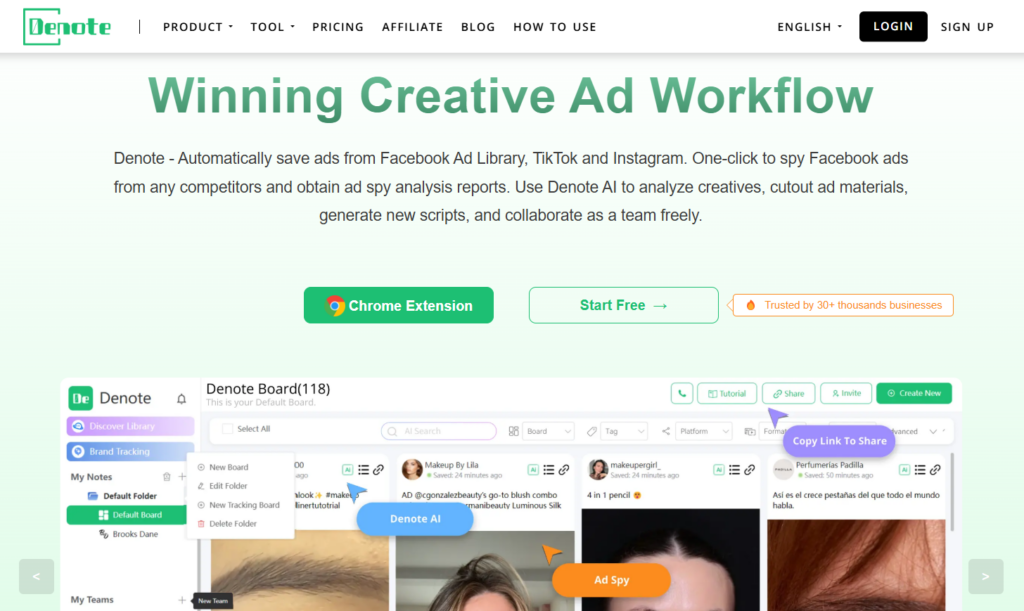
Social Media Campaigns
Where do people gather online? Primarily on social media. This is exactly why your brand should have a presence there.
Think of social media as today's public square. It’s a place where discussions occur, opinions take shape, and people decide which brands to admire or criticize. Promoting your brand successfully on social media involves more than just posting attractive images—it's about cultivating a community around your brand.
Instagram is great for expressing what makes your brand special and engaging. Twitter can be used for quick, clever conversations that draw people in. TikTok offers an opportunity to tap into trends and share your brand’s story in an imaginative way.
Being consistent is crucial. Engaging with your audience is essential. Creativity helps your brand truly stand out.
Influencer Marketing
Influencers are like the new-age word-of-mouth marketers, and they have a lot of influence. When you partner with influencers who truly represent your brand, you can reach specific groups of people in a very real way. It's like having a friend you trust welcome you into their close group of friends, and these friends really listen.
But remember, follower numbers are not the only thing that matters. It’s important to work with influencers who have genuine interactions with their audience and suit your brand seamlessly.
Email Marketing
Email can seem old-fashioned, but it's actually one of the most effective tools for promoting your brand when used well. Through email marketing, you can stay connected with people, whether it's by sending welcome messages, sharing newsletters, or announcing new products. The key is to organize your audience into different groups, customize your messages for each group, and use email to gradually share the story of your brand. It's important to avoid sending "BUY NOW!" spam. Instead, focus on creating genuine, helpful emails that are friendly and provide real value to those who read them.
Paid Advertising (PPC, Display, Native Ads)
Sometimes, spending money is necessary to achieve your goals. This is alright if you have a strategy. Paid advertising can help get your brand noticed quickly. You can use Google Ads, Facebook ads, and other platforms to share your content, promote new products, or ensure people remember your brand.
It's important to approach this carefully, like a planned investment rather than a quick gamble. You should test your ads, make changes as needed, and ensure they reach the right audience. Tools like Denote can help you see what your competitors are doing with their ads. By observing others, you can learn how to improve your own campaigns by understanding both successful and unsuccessful strategies in the market.
Digital Tools for Effective Brand Promotion
Technology has created a more equal opportunity for everyone. Now, even small brands can design top-quality campaigns by using data. However, they must have the right tools to do this successfully.
Analytics Platforms
Data has become crucial in achieving success in marketing. Tools such as Google Analytics, HubSpot, and Mixpanel are designed to help businesses determine what strategies are effective and which ones need improvement. For example, if you're trying to discover which blog posts are encouraging readers to click or make a purchase, or which social media campaigns are prompting the most responses and interactions, analytics provide those insights.
Operating without data makes promoting your brand similar to shooting in the dark; it's purely based on guesses. However, when you have data, you can make informed decisions and turn marketing into a more predictable and scientific process. Data gives you the power to understand your audience better, optimize your strategies, and ultimately, achieve greater success.
Brand Monitoring Tools
You can’t manage what you can’t measure, and in brand promotion, a good reputation is key.
Tools like Brand24, Mention, or Denote help you track what people are saying about your brand on social media, forums, news sites, and more. These tools let you respond quickly to public relations issues, show appreciation to happy customers, or tweak your messaging based on real feedback from people.
When it comes to promoting your brand, it’s not just about getting your message out there; it's also about paying attention to what's being said. Listening is as important as talking when building your brand's reputation.
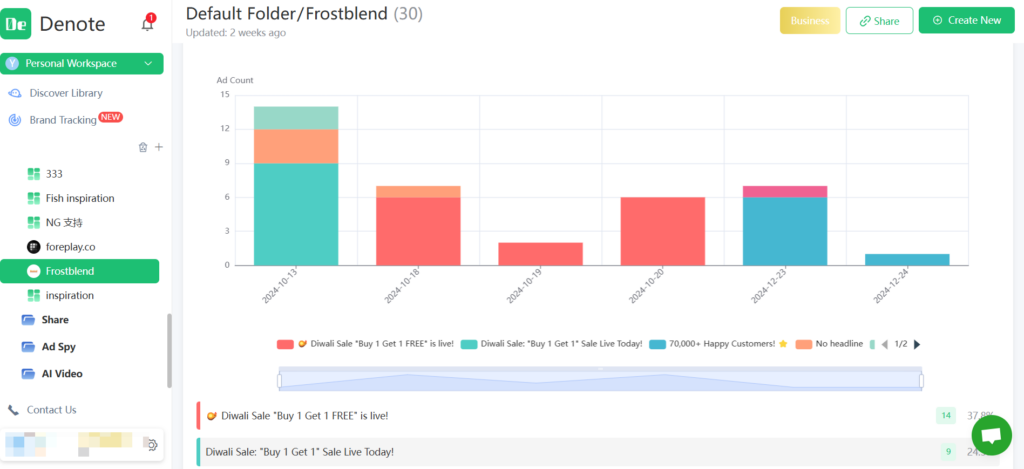
Common Mistakes in Brand Promotion
Even when you have good intentions, things can still not work out as planned. Let's look at some of the most usual mistakes companies make when trying to promote their brand and learn how to steer clear of them.
Inconsistent Messaging
Have you noticed a brand that looks very professional on their website but behaves like a funny meme account on Twitter? This isn’t showing personality — it can actually confuse people.
It’s important for your brand to feel like the same person everywhere. This means keeping the same tone, style, and messages from your About page to your TikTok captions. Consistency is key.When you are clear with your audience, they are more likely to trust you. On the other hand, if you confuse them, you risk losing their trust.
Ignoring Target Audience
Trying to make everyone happy can lead to making no one happy. The key to good brand promotion is understanding your audience. Think about what they care about and where they spend time online. Notice the words and phrases they use.
Start by creating personas to represent your typical customers. Conduct surveys to get more information about their likes and dislikes. Check out discussions on Reddit to see what topics catch their interest. Do whatever it takes to really get to know your audience's thoughts and feelings. With this understanding, you can adjust your messages to better connect with them and speak their language effectively. This way, your brand stands out to the right people.
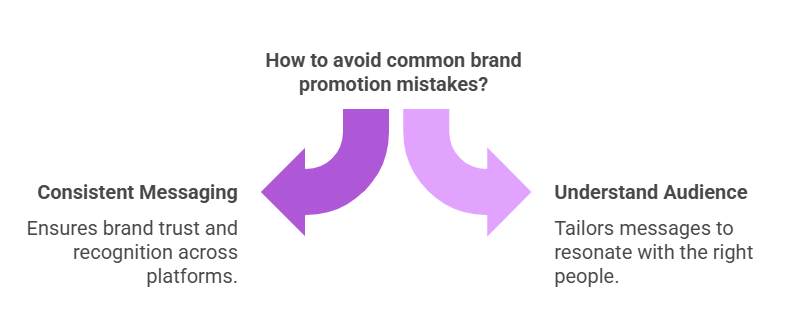
Case Studies: Brands That Nailed Promotion
Let's explore some real-world success stories—brands that went beyond simple promotion and truly excelled. These examples demonstrate how combining creativity with consistency can create a brand identity that sticks in people's minds for a long time. These brands show us that by keeping their message steady and thinking outside the box, they can become unforgettable to their customers.
Nike’s Emotional Storytelling
Nike doesn't just sell shoes; they sell dreams. They use powerful stories and emotional campaigns to connect with people. The brand is known for promoting ideas like personal strength, persistence, and realizing one’s potential.
Their well-known slogan "Just Do It" and impactful videos like the Colin Kaepernick campaign show that Nike’s advertising goes beyond just products. They take a firm stand, share meaningful stories, and evoke strong feelings in people.
Every campaign teaches a lesson in brand promotion, expertly blending emotion, identity, and a call to action. These campaigns always generate discussion — whether the reactions are positive or negative, they are always memorable.
Airbnb’s Community Building
Airbnb grew from being a simple couch-surfing choice into a famous name in global hospitality. A big part of this growth was due to smart brand promotion.
Airbnb didn't just focus on where people could stay or how much it cost. Instead, they centered their message around the idea of belonging. The "Belong Anywhere" campaign wasn’t just about showing available rooms; it emphasized making connections. When people booked a place through Airbnb, they weren’t only looking for a bed. They were joining a wider story.
The company used user-generated content effectively. They organized events around the world and made their brand more about people and experiences rather than just a booking service.
This is what makes their brand promotion special: It doesn't need to be loud to stand out. It simply invites people to be part of something bigger.
How to Build a Long-Term Brand Promotion Plan
Inspired by the success of major companies, you might wonder how your start-up can become a widely recognized name. To help you with this, here's a detailed guide to creating a brand promotion plan that is not only effective in the short term but is also sustainable and impactful in the long run. This plan will help you establish a strong presence and make sure your brand is remembered by many.
Goal Setting
Every great brand’s journey needs a clear endpoint. If you don’t have specific goals, trying to promote your brand will feel random, like throwing spaghetti at a wall to see what sticks.
Set SMART goals to guide your brand:
- Be Specific: Make sure your goals are clear, like “Grow Instagram followers by 25%.”
- Make them Measurable: You should be able to track your progress, for example, “Increase email open rates to 30%.”
- Ensure they are Achievable: Base your goals on real data instead of just dreaming big.
- Keep them Relevant: Align your goals with your broader business vision, making sure every objective fits well.
- Set them to be Time-bound: Assign a deadline to know when you've achieved what you set out to do.
Rather than only aiming to make people aware of your brand, define clearly what success will look like and how you’ll recognize it when you get there.
Budget Allocation
Promoting a brand isn't free. You will need to pay for things like tools, talent, advertisements, or the time you spend on promotion. It's important to plan your budget wisely.
Here's a suggestion: split your budget into three main parts:
- Foundation: Spend on essentials such as your website, branding, and necessary tools like Denote.
- Growth: Allocate funds for expanding your reach with paid campaigns and creating content.
- Experimentation: Use part of your budget for trying out new platforms or formats to see what works best.
It's important to track how much return you get from your investments (ROI), but try not to stress if building your brand takes time. Gaining recognition and trust doesn't happen quickly, but like interest, it builds and benefits you more over time.
Measuring KPIs
If you don’t measure, you're only making guesses, and guessing isn’t an effective approach. You need to set key performance indicators (KPIs) aligned with your goals. Consider these examples:
- Track how often your brand is mentioned on social media and in forums using tools like Denote.
- Monitor the amount of web traffic coming from organic searches for your brand name.
- Observe any increases in direct visits to your website.
- Look at how often people interact with your branded content.
- Check the rates at which people open and click on links in your emails.
- Measure the volume of user-generated content and the use of your specific hashtags.
Having more data leads to smarter decisions when it comes to promoting your brand. Visualization tools like Google Data Studio or Looker can help you present this data clearly and attractively.
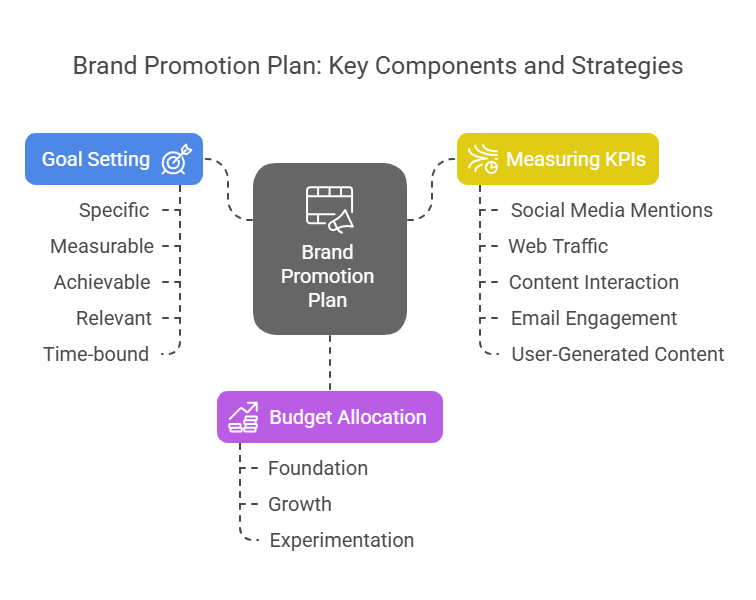
Conclusion
Promoting your brand isn’t just something you do once or at specific times. It’s a crucial and ongoing part of what makes your company unique. When done well, promoting your brand builds trust with your audience, makes it more recognizable, encourages customer loyalty, and helps your business grow. It’s important not just to get noticed but also to be remembered and liked. Whether you are starting a new direct-to-consumer business or running a large global company, maintaining a consistent and creative brand promotion approach gives you a competitive edge.
